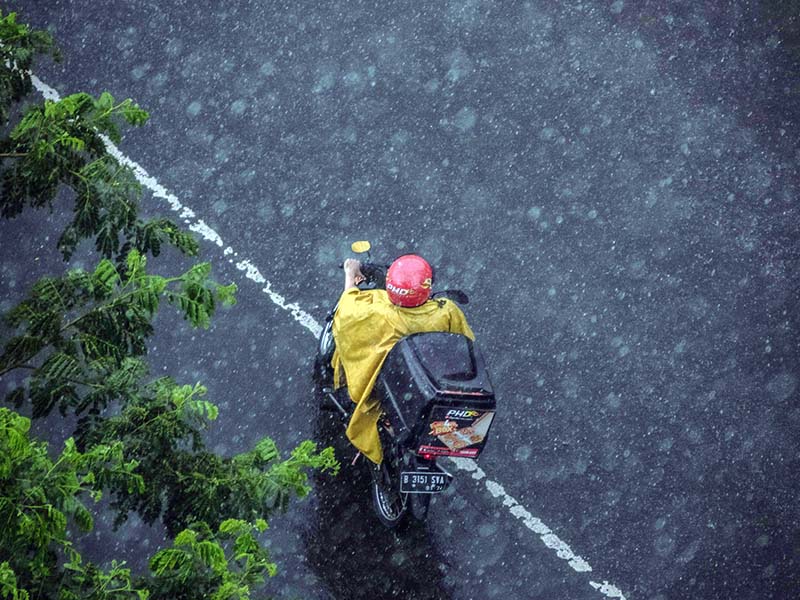
We’ve been having days of relentless rain, and for riders this means facing the challenge of slippery roads and reduced visibility. These conditions intensify the dangers of riding on two wheels.
True to its mission of promoting safer roads in the country, the Motorcycle Development Program Participants Association, Inc. (MDPPA) shares these tips before you ride out in the rain:
Invest in high-quality and appropriate gear. It pays to invest in high-quality riding jacket, pants, shoes, and gloves to keep yourself dry. You can wear reflectorized raincoats and rain pants for more visibility on the road in case the rain gets too intense. You can also upgrade your helmet to one with an anti-fog insert. This helps in preventing fogging, allowing you to have a clear vision.
Finally, you can also put on non-slip riding shoes that offer waterproof protection and better traction on the motorcycle’s foot pegs.
Remember the pre-ride inspection checklist. The pre-ride inspection checklist—TCLOCS—is an acronym for the specific parts you need to check before riding.
Start with your Tires and wheels and make sure they have enough air pressure; don’t forget to check the spokes for any damages. Next, check if the Controls of the brakes or clutch levers, switches, cables, and others, work smoothly. Then, assess the brightness of your Lights and the functionality of your battery.
Don’t forget to check your Oil and fluid level, Chassis or related parts (bolts, nuts and drive chain), and your Side and center stand.

Plan your route and avoid hazardous areas. Avoid riding in the rain if possible, but if you must ride, plan your route carefully. Consider the areas prone to flooding, standing water, or poor drainage. Research alternative routes with better road conditions.
Stay alert and focused. Riding during downpours demands increased attentiveness. Keep your eyes on the road ahead and anticipate potential hazards. Watch out for pedestrians, cyclists, and other motorists affected by the rain.
You should also bear in mind the three fundamentals of safe riding: recognize, judge, and react accurately. Most motor accidents can be avoided if only the rider has accurate recognition and does not commit an error in judgment.
Riding a motorcycle can be intimidating and scary, especially during unusual weather conditions. Still, following proper guidelines and precautions can significantly enhance everyone’s safety and minimize the risks associated with the wet season.

















.jpg)
-x-250px(H)-copy (1).png)






